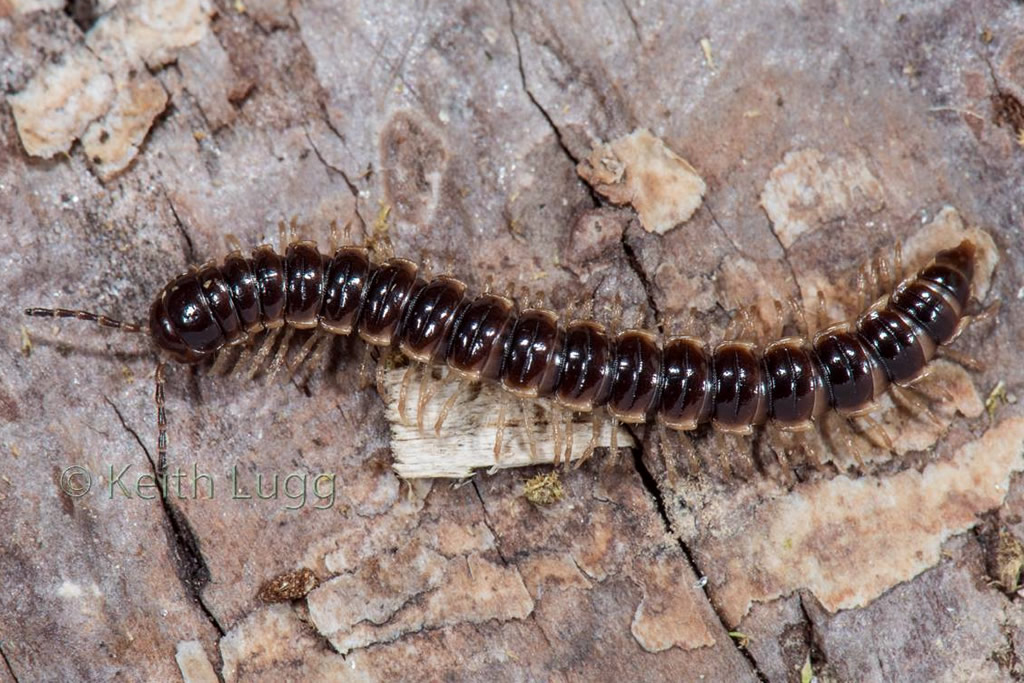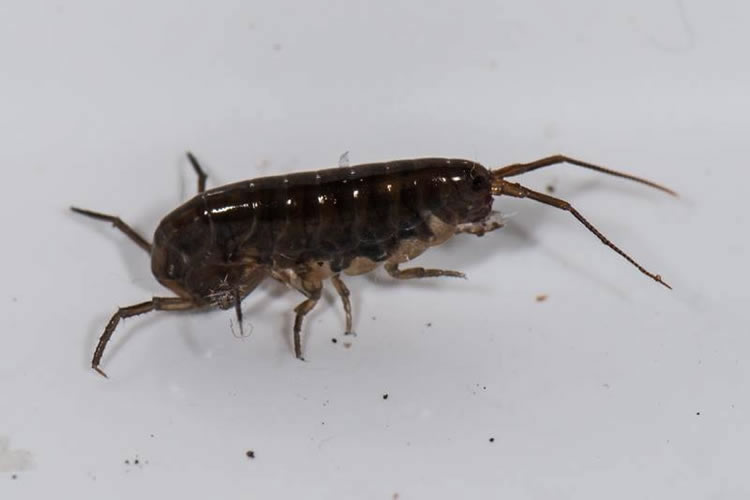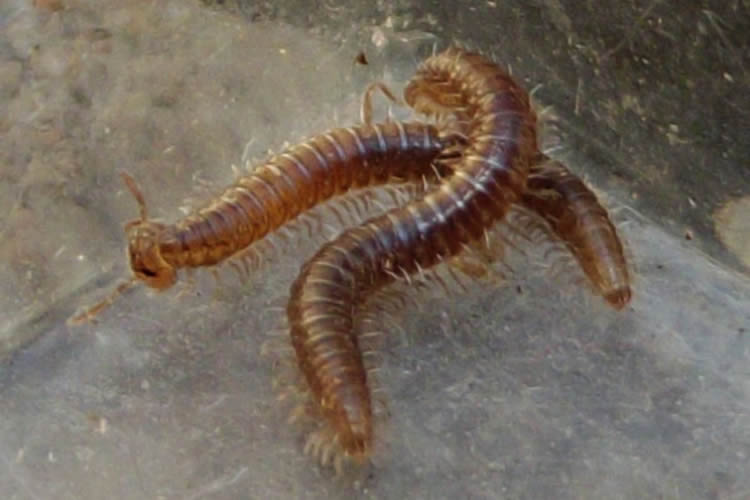BMIG needs you!
The committee have identified the Officer roles they think necessary to the future direction of BMIG. Many of these roles do not require expertise in or indeed any knowledge of myriapod and isopod ecology and identification (although by definition members are assumed to have an interest) and many of the skills they require are not well represented amongst the current committee. Take a look at the roles below and if you think you might be interested in one of these roles please do not hesitate to put yourself forward even if someone is already filling it.



